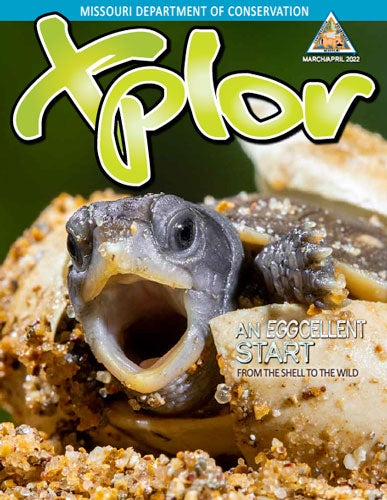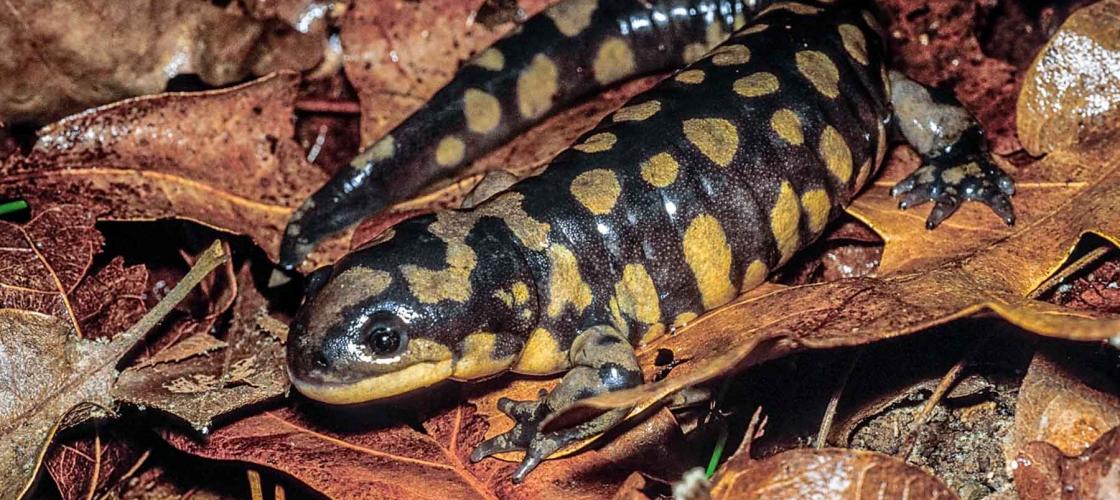
Hi! My name’s Slimy. I’m a spotted salamander. Most people have never seen a creature like me in the wild. That’s because we salamanders stay out of sight. Lucky for you, I’m not shy. So let’s rustle under the leaves for a peek at the secret world of Missouri’s salamanders.
It Snot a Lizard
If you thought I was a lizard, don’t feel bad. Lots of people make that mistake. But lizards are reptiles, and I’m an amphibian.
Want proof? Take a look at my skin. See how it glistens so beautifully in the sunlight? That’s because it’s covered in mucus. A lizard’s skin, on the other hand, is dry and covered in scales — yuck!
Next, look at my feet. Don’t see any toenails, do ya? Just cute, fleshy little digits. Lizards have pokey claws on the tips of their toes — ewww!
And finally, check out my head. Notice something missing? Speak up, I can’t hear you. Just kidding. I can hear fine, even though my ears are hidden under my skin. Lizards have holes in their heads — ear holes, I mean.
Undercover Critters
Never play hide-and-seek with a salamander. Trust me, you’d lose. Although we’re found in lots of places, people rarely see us because we’re so good at hiding.
Some salamanders, like me, live in the forest. We hide under leaves, logs, and rocks or in shallow burrows dug by other animals. Sometimes we come out at night to look for food, especially after it rains.
Other salamanders spend their lives in the water. Sirens and amphiumas live in murky swamps and sloughs. Mudpuppies live in rivers and lakes. And hellbenders hide under rocks in swift Ozark streams. (I promise, I didn’t make any of those names up.)
And a few salamanders, like cave and grotto salamanders, spend most of their time in — you guessed it — caves and crevices.
Slugs for Supper
Salamanders eat lots of things — basically, whatever we can fit into our mouths.
Excuse me for a second. I need to slurp down this worm. Mmmmm, worms.
As I was saying, salamanders eat slugs, snails, insects, spiders, worms, and lots of other creepy crawlies. Tiger salamanders — who are named both for their stripes and their appetites — sometimes gobble larger prey like small snakes, baby mice, and even other salamanders. Hellbenders and other water-loving species eat crawdads, tadpoles, leeches, small fish, and aquatic insects.
Most salamanders wait for prey to wander close and then lunge forward to stuff it in their mouths. Some of us even have a sticky tongue — like our cousins, frogs and toads — that we can fling out to catch prey.
Barely Breathing
Every animal needs oxygen. Fish use gills to get it from the water. Reptiles, birds, and mammals use lungs to get it from the air. Salamanders said, “Why stick with just one way?”
Salamanders like me have a pair of lungs. To get oxygen, I breathe in and out just like you do. Marbled, mole, and tiger salamanders are a few of the species that use lungs.
Other salamanders use gills. Check out the mudpuppy. The reddish pompom thingies stuck behind its head are gills. Mudpuppies who live in stale water have bigger, floofier gills than mudpuppies who live in water that contains lots of oxygen.
And some salamanders have neither gills nor lungs. Cave, slimy, and other so-called lungless salamanders absorb oxygen through their skin. Since oxygen moves across wet skin easier than dry skin, mucus is mucho important. It keeps the skin wet, so the salamander can breathe easier.
The Circle of Life
To me, rainy spring nights are romantic. That’s when spotted salamanders creep out of our hidey-holes and hike to fish-free puddles and ponds for a pool party. There, boys look for girlfriends, and girls lay lots of jiggly, jellylike eggs.
In about a month, baby salamanders hatch out. But surprise! Unlike their air-breathing moms and pops, the little ones have gills and breathe water. They spend spring swimming about, searching for snacks like mosquito larvae.
Sniffle! They grow up so fast! By late spring, they have legs. And by summer, they have lungs. Most leave their ponds at this point, but a few spend winter underwater and depart the following spring. After living on land for a couple of years, the youngsters return to the water to throw their own pool parties.
Lots of salamanders go through transformations like this. We’re like slimy butterflies. Only we don’t fly. And we don’t build cocoons. Or drink nectar. Or … OK, you’re right. We aren’t like butterflies.
A Selection of Salamanders
Missouri has 19 kinds of salamanders. Most of us live in the Ozarks, but a few species also live up north. Here are some of my favorites.
Four-Toed Salamander
Need a new nose? No problem. New arm? Coming right up. That is, if you’re a four-toed salamander. Like many salamanders, these moss-loving amphibians have an amazing ability to regrow new body parts if they’re damaged — even eyes, hearts, limbs, and tails.
Ringed Salamander
The bright yellow stripes on this candy-bar-sized amphibian are a warning to would-be predators. When threatened, ringed salamanders release a milky poison from their skin that makes them taste terrible.
Eastern Hellbender
During the day, these super-sized salamanders — adults can be 20 inches long — hide under rocks in cold Ozark streams. At night, they slink slowly along the bottom, looking for crayfish to crunch. Their wrinkly skin helps them blend in, and it also helps them absorb oxygen from the water.
Cave Salamander
These flame-orange beauties can “feel” the Earth’s magnetic field. Their built-in compasses help them find their way around the darkest corners of caves.
Grotto Salamander
Eyes are overrated. Although grotto salamanders have peepers, they can’t see squat. And why would they need to? As adults they spend nearly all their time in pitch-black caverns.
Three-Toed Amphiuma
Even I have a hard time believing this one’s a salamander. But it is. Eel-like amphiumas live in cypress swamps. If their swamp dries up, no problem. They simply burrow into the muck and wait — sometimes for months without food — for rain to fill the swamp back up.
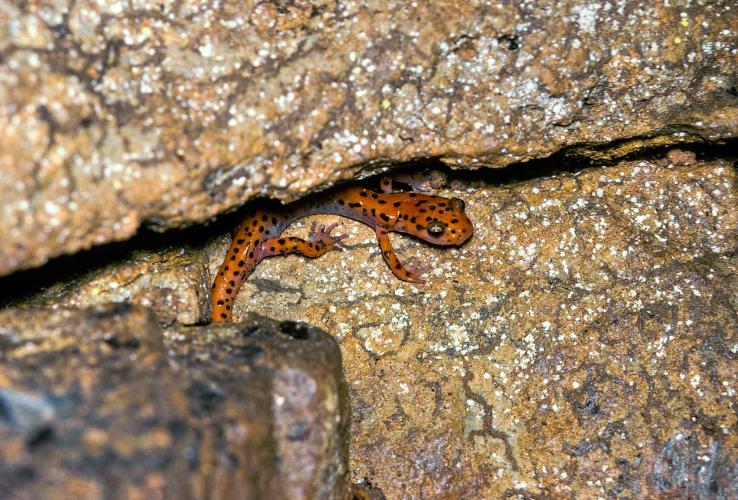

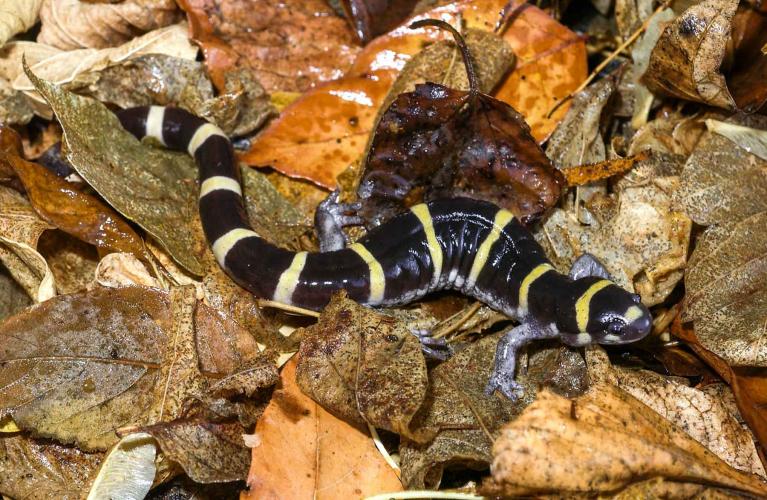
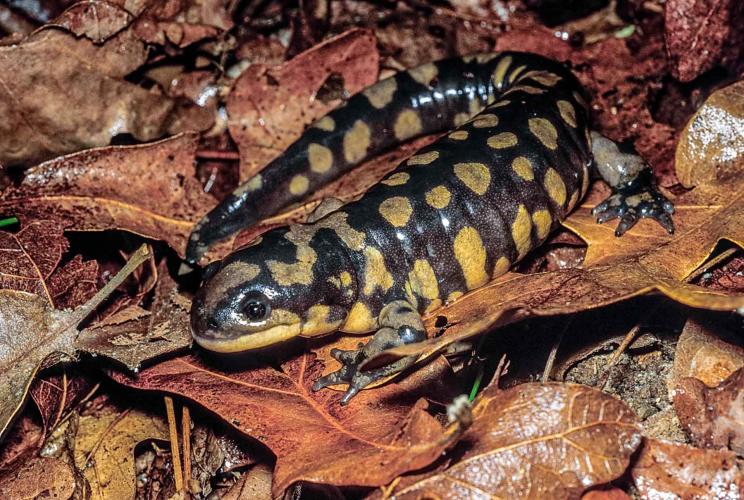
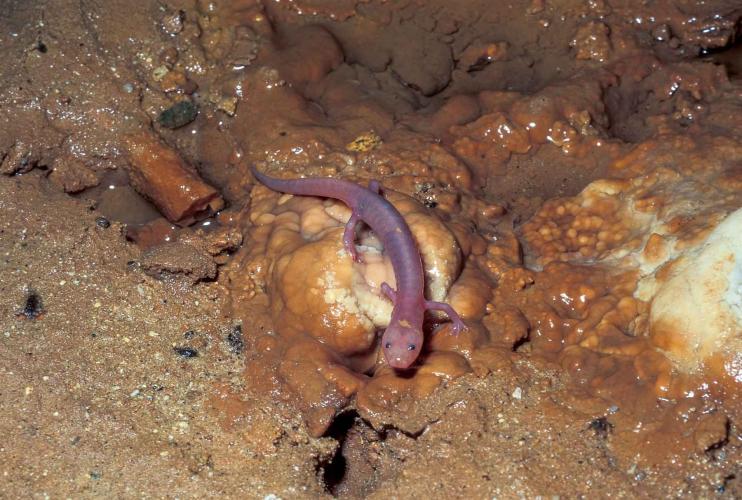
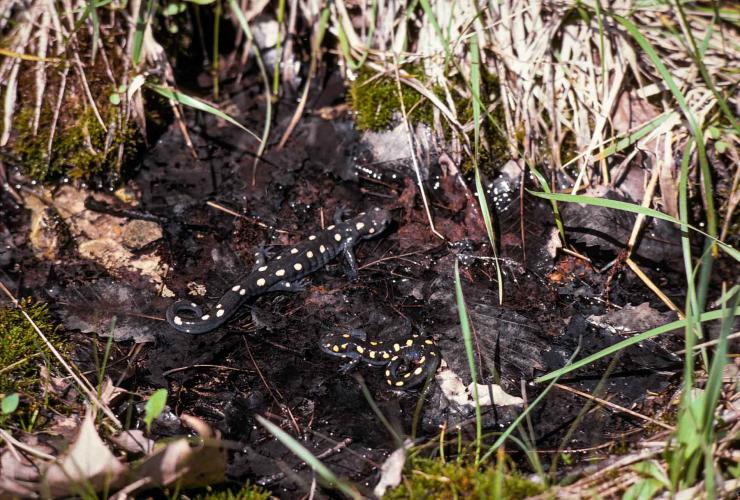
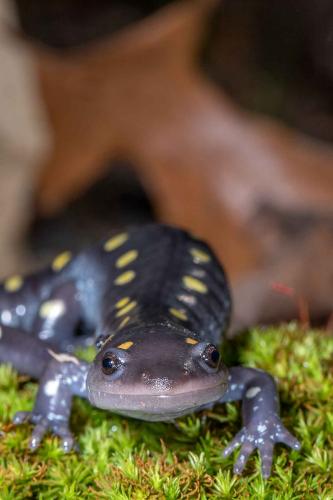
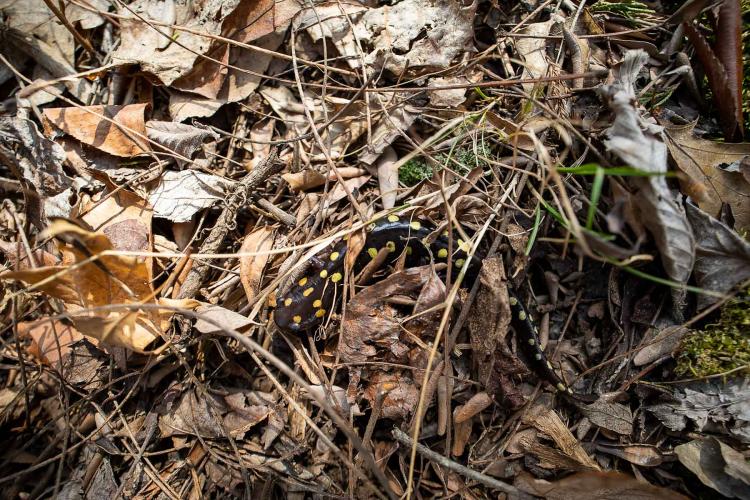



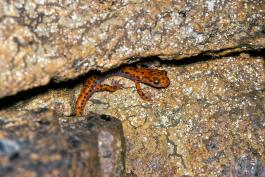
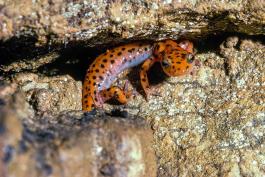
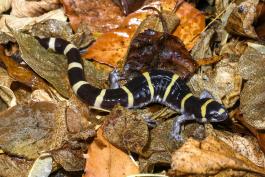
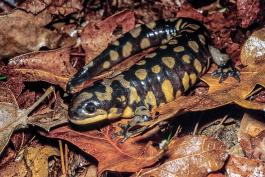

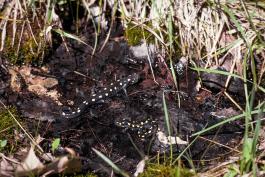
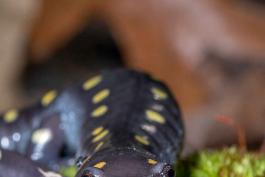

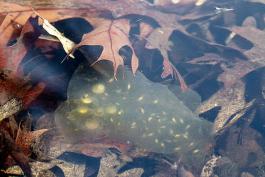

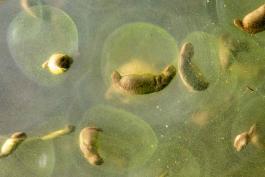
Also In This Issue

Pull out this poster and tape it to your wall to make your room look wild.

From sky-blue robin eggs to jiggly, jellylike frog eggs, baby wrappers come in an astonishing array of sizes, shapes, and colors.
And More...
This Issue's Staff
Photographer – Noppadol Paothong
Photographer – David Stonner
Designer – Marci Porter
Designer – Les Fortenberry
Art Director – Cliff White
Editor – Matt Seek
Subscriptions – Laura Scheuler
Magazine Manager – Stephanie Thurber






















